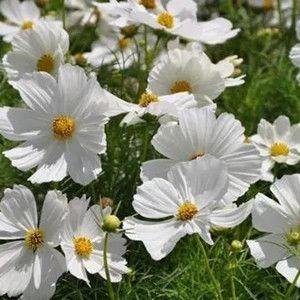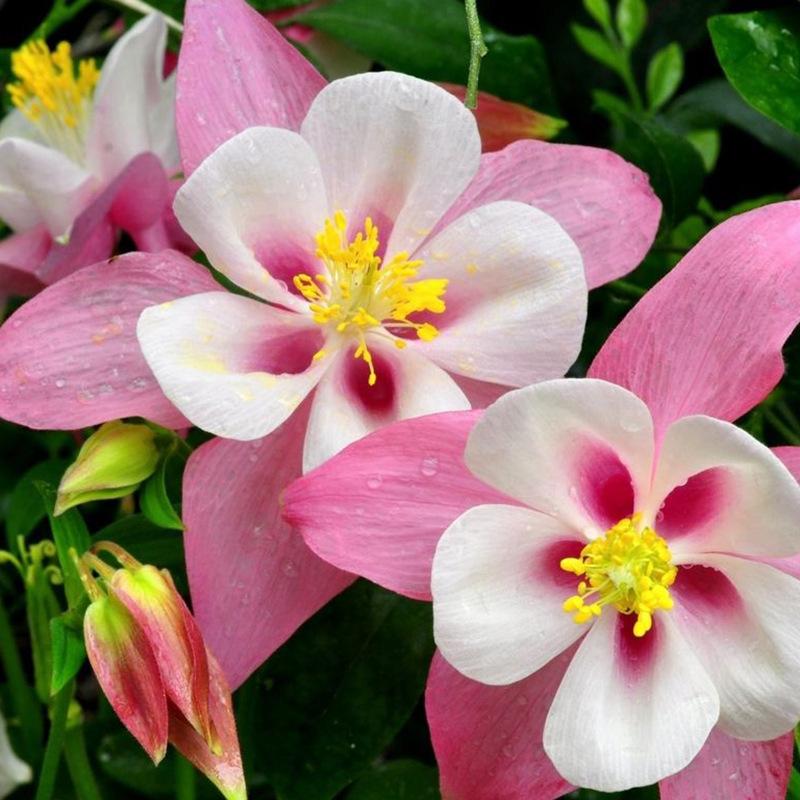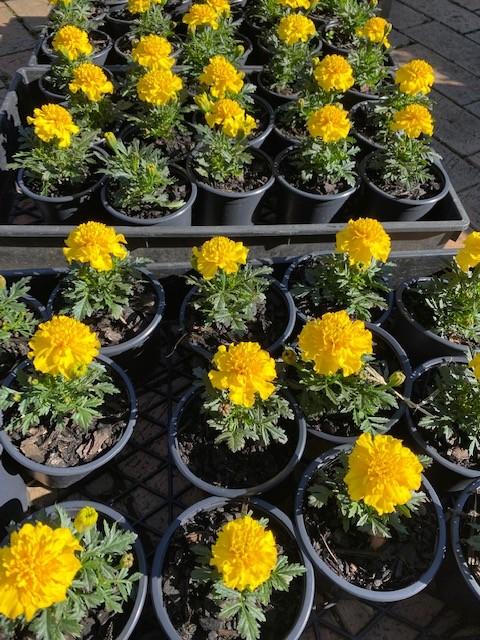Once upon a time, a plant called Commelina lived in a mystical forest. It had magical blue flowers that could grant wishes. The villagers, fascinated by its powers, would visit the plant and make secret wishes. However, they soon realized that the wishes only came true if they were selfless and kind-hearted. This taught the villagers valuable lessons about the importance of empathy and compassion. The legend of Commelina spread far and wide, inspiring people to be good to one another. And so, Commelina became a symbol of love, kindness, and the incredible magic that lies within our hearts.
Picture
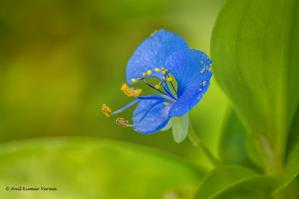
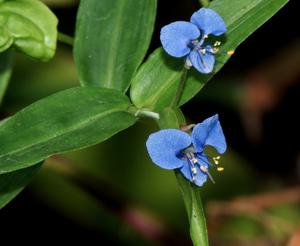
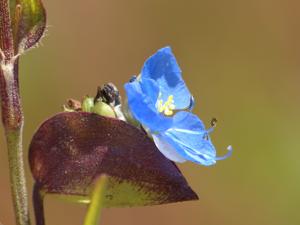
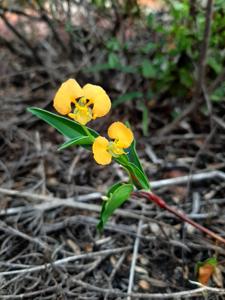
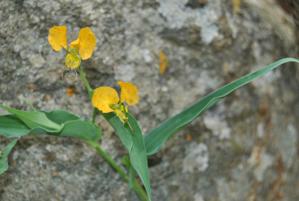
Plant some seeds now!
Short Description
Commelina is a genus of approximately 170 species commonly called dayflowers due to the short lives of their flowers. They are less often known as widow’s tears. It is by far the largest genus of its family, Commelinaceae. The Swedish taxonomist Carl Linnaeus of the 18th century named the genus after the two Dutch botanists Jan Commelijn and his nephew Caspar, each representing one of the showy petals of Commelina communis.
The dayflowers are herbs that may be either perennial or annual. They are characterised by their zygomorphic flowers and by the involucral bracts called spathes that surround the flower stalks. These spathes are often filled with a mucilaginous liquid. Each spathe houses either one or two scorpioid cymes, with the upper cyme being either vestigial or bearing from one to several typically male flowers, and the lower cyme bearing several flowers. All members of the genus have alternate leaves.
The Asiatic dayflower (Commelina communis) is probably the best known species in the West. It is a common weed in parts of Europe and throughout eastern North America. Several species, such as Commelina benghalensis, are eaten as a leaf vegetable in Southeast Asia and Africa.
Description
Floral diagram of a cyme of Commelina coelestis from Eichler’s 1875 “Blütendiagramme”
Plants in the genus are perennial or annual herbs with roots that are usually fibrous or rarely tuberous or rhizomatous. The leaves are distichous (i.e. 2-ranked) or spirally arranged with blades that either lack or have a petiole. The ptyxis, or the way the leaf is folded in the bud, is either involute (i.e. having inrolled margins) or supervolute.
The inflorescences are terminal, meaning the stem terminates with an inflorescence, and often leaf opposed, meaning it emerges at the node with a leaf of a new axillary stem. The inflorescence is composed of one or two cincinni, also called scorpioid cymes, which are monochasia (i.e. cymes with a single branched main false axis) in which the lateral branches arise alternately on opposite sides of the false axis. The distal cincinnus may either be vestigial or contain one to several flowers that are typically male. The proximal cyme is always present and is multi-flowered. The cincinni are enclosed in a folded spathe, a modified leaf, which is often filled with a mucilaginous liquid. The spathe may either have completely distinct margins or they may be fused to varying degrees at the basal end.

